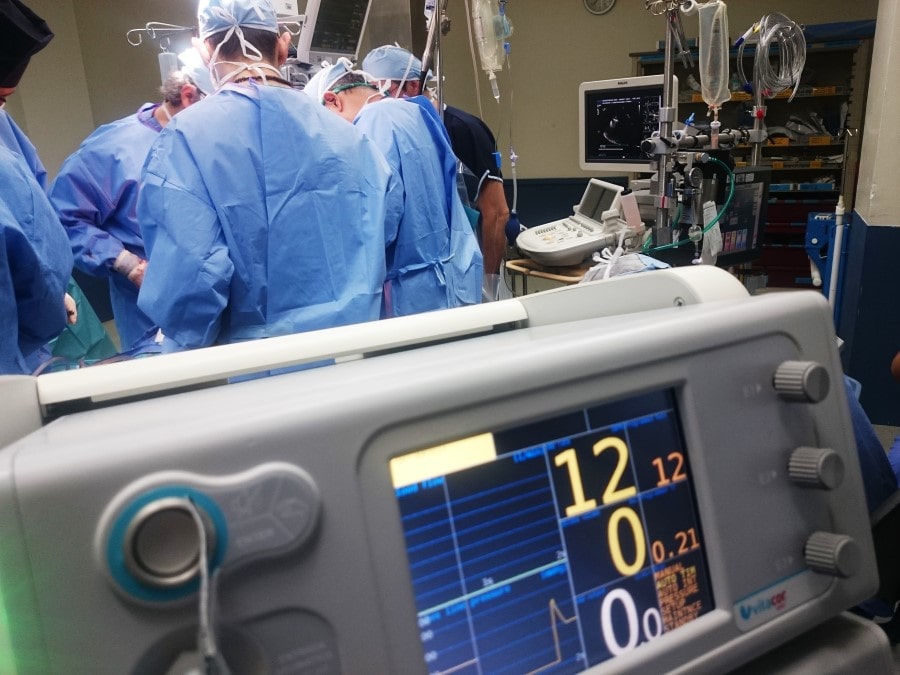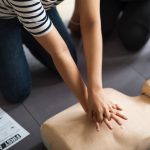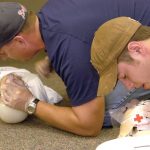In the event that you come across an individual who has stopped breathing, every second can mean the difference between life and death. However, before you can perform CPR or other life saving measures, there are steps you should take care of first in order to best serve the person in need of help.
1. Ensure the individual you are helping is in a safe, non-hazardous environment:
In the event of an emergency, make sure the person you are assisting is recovered safely from any hazardous environment that they may be in. If needed, place the person in a safe area where they can be laid down flat on their back. If the person you are assisting is in water, make sure to take them to dry land before performing CPR to ensure they are unable to swallow any more water during the CPR attempt. In more extreme conditions such as a car crash or fire, ensure the person is away from the area of danger which can put both them and yourself at risk in the event you begin performing CPR.
2. Verify if the individual you are helping is conscious or unconscious:
Before performing CPR or other measures, figure out if the person you are attempting to help is awake and aware of their condition or if they are fully unconscious. In the event that the person appears to be unconscious, tap or shake the person by the shoulder to see if they respond. If necessary, ask the individual “Hello? Can you hear me?”, “Are you okay?” or other such verbal questions loudly to see if they are able to respond to them before giving CPR. In the event the individual requiring assistance is conscious, ensure that the person is tended to in a way that makes certain they will not fall unconscious. In the event they are unconscious and are not breathing, prepare to perform CPR.
3. If you have company assisting you in helping the individual:
If you are in the company of one or more other people when you have come across a person requiring CPR, use a team system to best serve the individual. The person of the group who is most familiar with CPR measures should begin performing CPR. Another individual in your group should be tasked with contacting 911 or the phone number of any local emergency services, whether that is by using a personal cell phone or otherwise.
4. If you are alone when you are helping the individual:
Before beginning to perform CPR, contact 911 or any local emergency services if you have immediate access to a telephone. In the event you are unfamiliar with performing CPR, the dispatchers who tend these numbers can give you instructions to perform CPR until trained medical professionals can arrive on the scene to take over. In the event there is no access to a telephone, begin CPR immediately.
5. If you have access to an Automated External Defibrillator:
If you are in the vicinity of a local AED device, retrieve it to assist you in performing CPR measures. Most AEDs currently give verbal instructions when the device determines that it is required, delivering a shock to the person’s heart which stops all other activity in an attempt to restore a normal heartbeat. Such a device can greatly increase the likelihood the person will survive.
Following these steps which ensure that the individual you are assisting will have the best possible chance of surviving in the event their heart has stopped beating or have stopped breathing.





